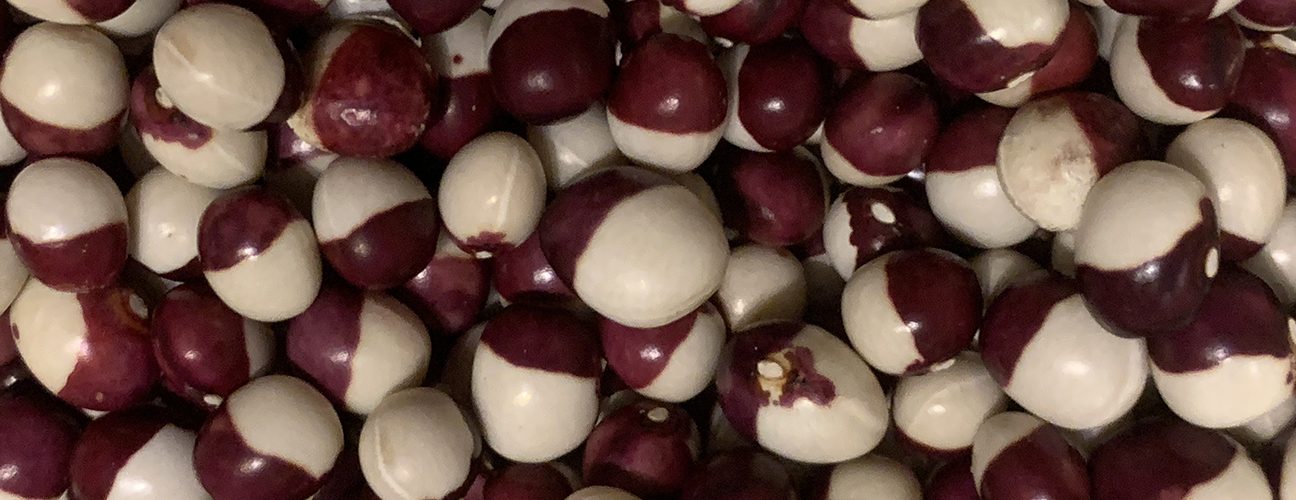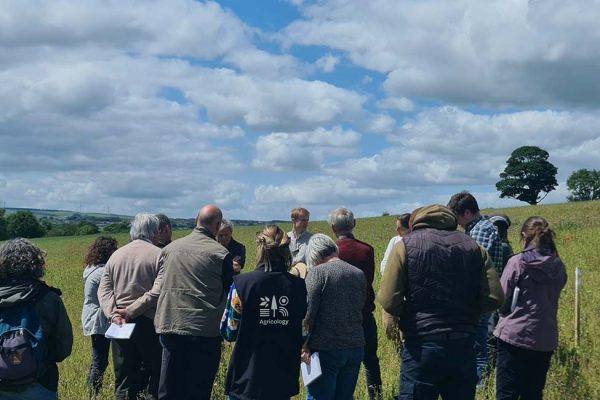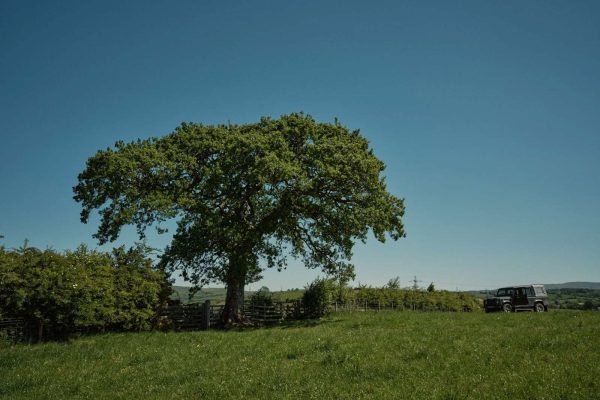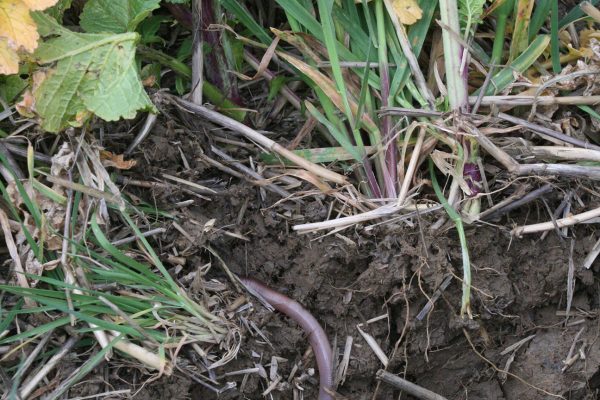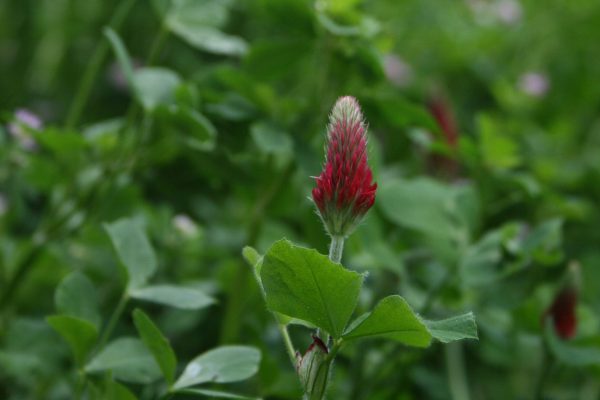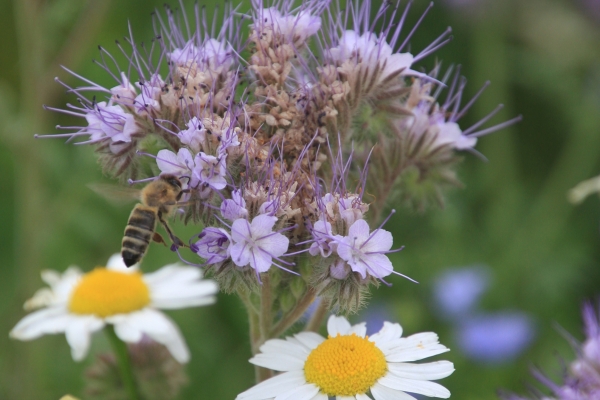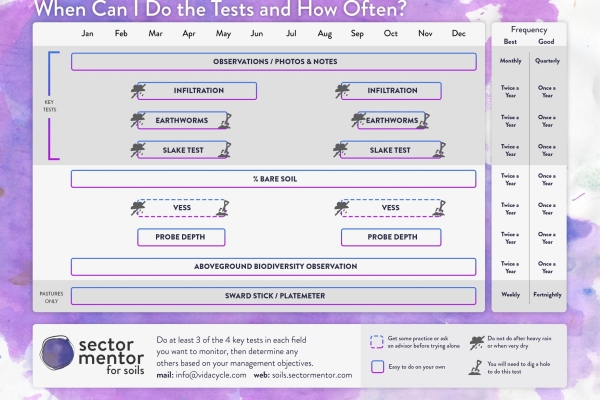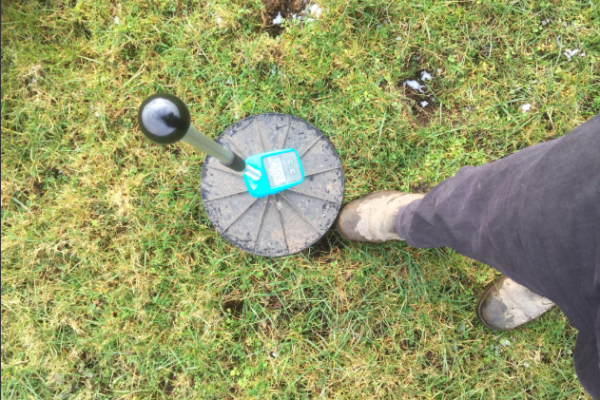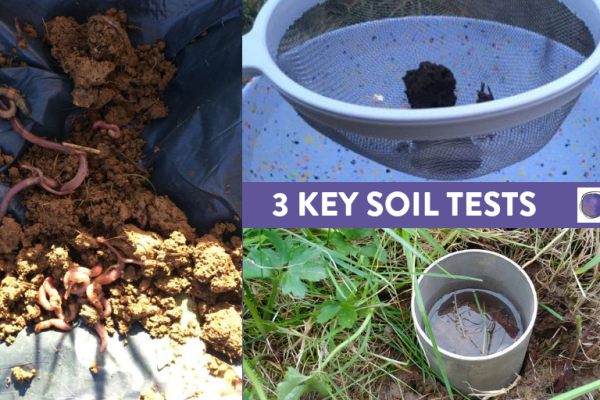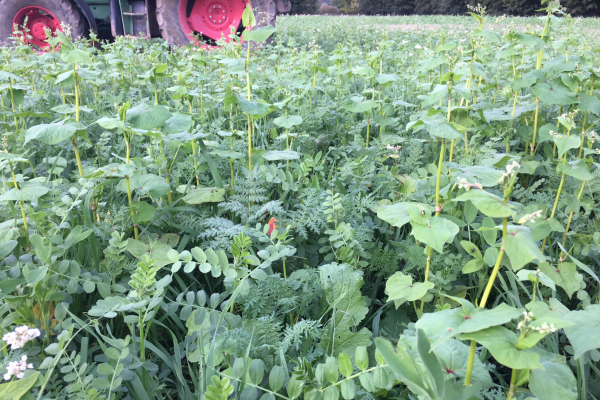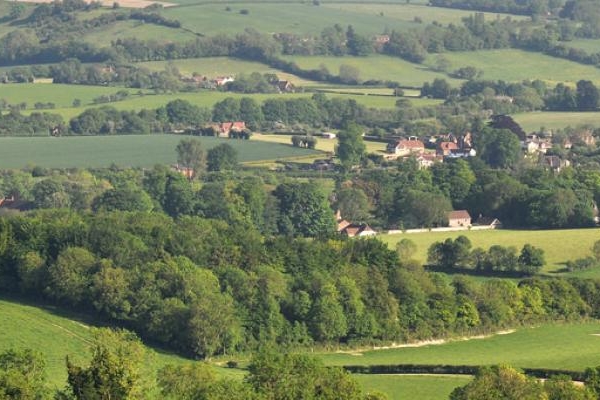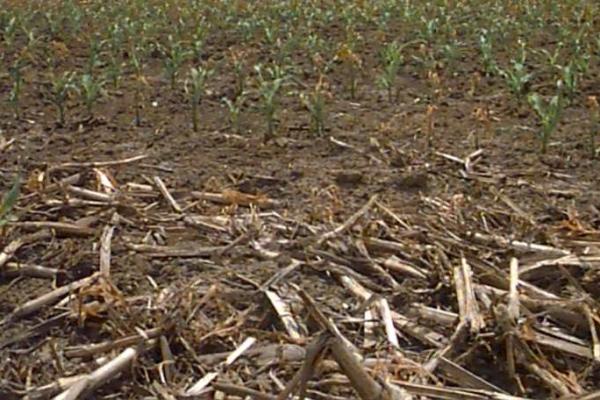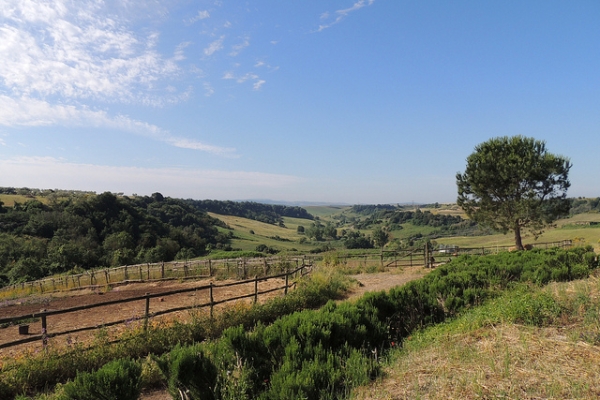Full of Beans! Integrating dried beans into your crop rotation
Recording of a 2024 Organic Growers Gathering session that explored the potential and challenges of integrating dried beans into horticultural crop rotations.
LEARN MORETake a walk through highlights from Agricology's first decade in an interactive timeline with featured content.
Agricology has drawn together practical resources and case studies to help you navigate ways in which to integrate trees into farming systems.
GWCT briefing from Allerton Project research on measures that can
reduce negative impacts on water quality and aquatic ecology,
and potentially reducing flood risk.
DiverIMPACTS case studies across Europe highlight why crop diversification strategies have been successful and what challenges needed to be overcome to achieve success.
This publication from the Landworkers' Alliance highlights what pioneers of agroecology in the UK are doing to create a productive and sustainable agriculture.
Which soil tests to do, when to do them, which fields and where on the fields to test to get a representative sample.
Alex Heffron uses a plate meter to monitor the volume of forage available in fields across his farm allowing him to improve grass growth and soil health with mob grazing.
Spring and autumn are the best times to do soil tests. Try the three most important and easy soil tests you can do yourself on your land to understand soil health.
Everything you need to know about the management of cover crops: Check out this free, interactive web-based tool.
Insights into landscape-scale approaches for wildlife conservation on farmland, and case studies from WildCRU’s research.
Cornell University explains the key principles of Conservation Agriculture.
A short summary of Conservation Agriculture and the benefits of the approach.
